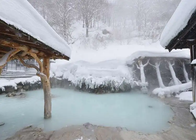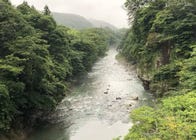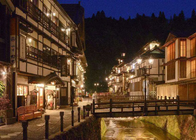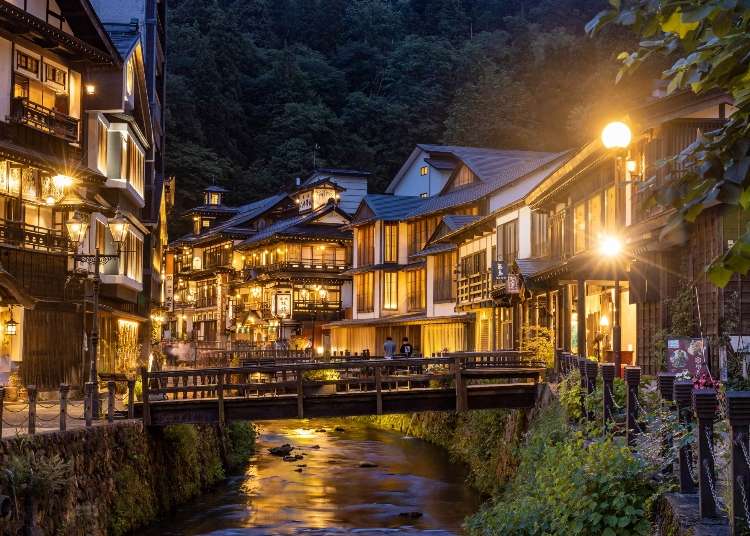
Tohoku is a land of abundant hot springs resorts, with more than 550 options spread across six prefectures: Aomori, Iwate, Akita, Miyagi, Yamagata, and Fukushima.
From invigorating therapeutic baths to secluded onsens and charming retro hot spring towns, the region boasts a plethora of distinctive hot springs that offer more than just a simple soak. In this guide, we highlight some of the most extraordinary hot springs in Tohoku that are definitely worth visiting.
1. Asamushi Onsen (Aomori City, Aomori Prefecture): A Resort conveniently close to the city
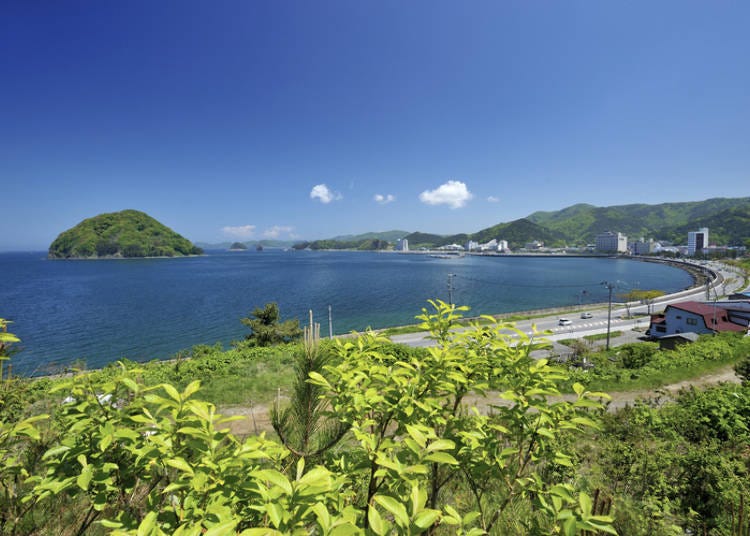
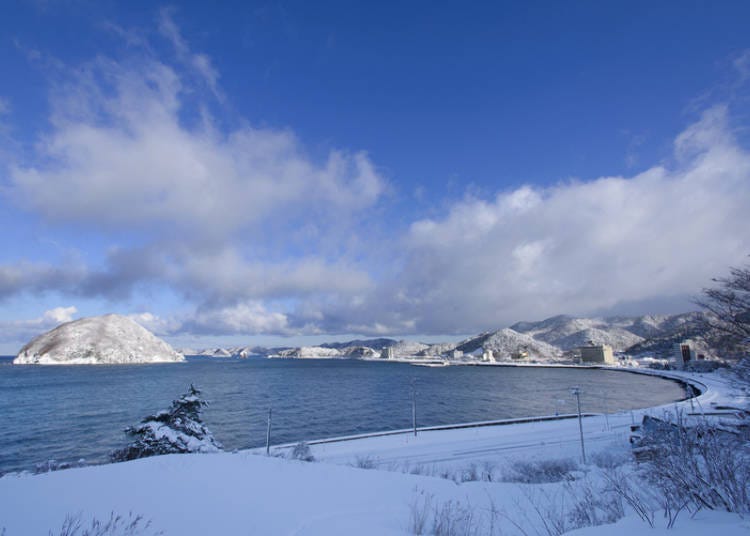
Asamushi Onsen, located near central Aomori City, is a convenient sightseeing base! It’s also a hot spring resort by the sea, likened to Shizuoka Prefecture’s idyllic seaside city of Atami. In the summer, you can enjoy water activities such as swimming, kayaking, and standup paddleboarding. What’s more, in the winter, a trip to Mt. Hakkoda is recommended for viewing hoarfrost trees!
- Features
- Otherwise called “the backyard of Aomori.” this historical hot spring resort has operated for over 1,200 years and is only about 30 minutes away from JR Aomori Station by car or train.
- How large is the area?
- Nine hot spring inns are scattered along National Route 4. There are souvenir stores and restaurants around Asamushi Onsen Station on the Aoimori Railway, which forms the hot spring resort area.
- Getting there
- It takes around 25 minutes from JR Aomori Station on the Aoimori Railway. When driving from the Tokyo area, it takes around 15 minutes from the Aomori-Higashi Interchange on the Tohoku Expressway via National Route 4.
- About the hot springs
- Gypsum weak salt spring: Good for cuts, circulatory disorders, dry skin, autonomic instability, etc.
- Recommended places to stay
- Tsubakikan, Tatsumikan, Nanbuya Kaisenkaku, etc.
2. Hanamaki Onsenkyo (Hanamaki City, Iwate Prefecture): Huge onsen resort with a variety of springs
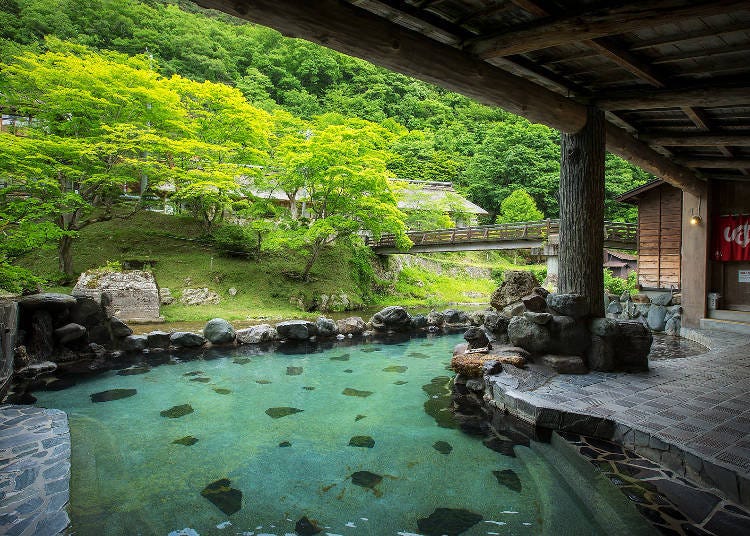
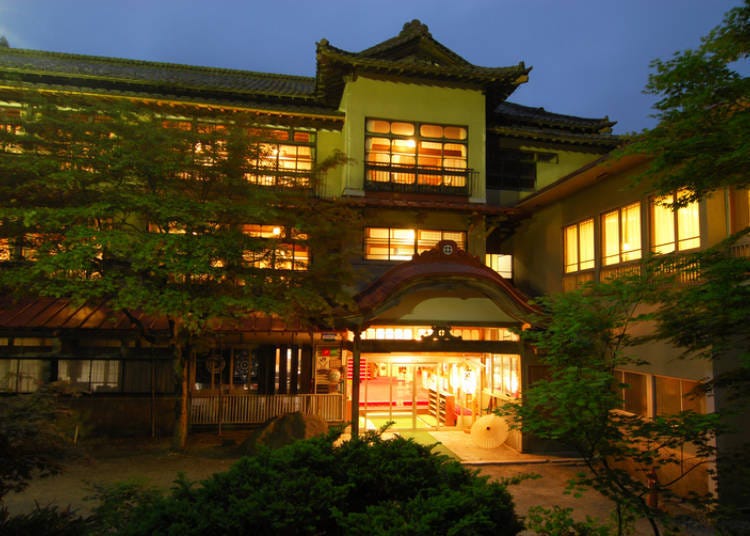
Hanamaki Onsenkyo is a large-scale hot spring resort home to 12 hot springs. We highly recommend hot springs that retain Japan’s toji culture such as Namari Onsen and Osawa Onsen. Toji refers to long-term, therapeutic stays at hot springs in order to cure ailments. Toji inns are rustic and have a refined atmosphere different from modern accommodation facilities.
- Features
- Located in the western region of Hanamaki City, Hanamaki Onsen is a group of twelve hot springs that includes Hanamaki Onsen, Dai Onsen, and Osawa Onsen. Visitors can choose from a diverse range of accommodation options, including toji inns and lodging linked to Kenji Miyazawa, a renowned poet in the field of children's literature.
- How large is the area?
- Hot spring resorts are scattered along the Daikawa and Toyosawa Rivers, which flow through the mountains. The resort has around 30 inns.
- Getting there
- To get to the Hanamaki Onsen area (Hanamaki Onsen, Dai Onsen, Kanaya Onsen, etc.), take the shuttle bus (free for guests only) from JR Shin-Hanamaki Station for around 35 minutes. To get to the Hanamaki Minami Onsenkyo area (Matsukura Onsen, Shidotaira Onsen, Watari Onsen, Osawa Onsen, Yamanokami Onsen, Namari Onsen, and Shin Namari Onsen), it takes around 20 to 45 minutes from JR Hanamaki Station on the shuttle bus (free for guests only), and 35 to 60 minutes from JR Shin-Hanamaki Station on the same shuttle bus.
- About the hot springs
- Sulfate springs (Dai Onsen, Namari Onsen, etc.): Good for neuralgia, arthritic pain, stiff shoulders, etc.
Chloride springs (Hanamaki Onsen, Dai Onsen, etc.): Good for neuralgia, muscle pain, motor paralysis, hemorrhoids, disease recovery, fatigue, etc.
Simple hot springs (Osawa Onsen, Dai Onsen, Hanamaki Onsen, etc.): Good for neuralgia, joint pain, motor paralysis, bruises, sprains, chronic digestive diseases, fatigue, etc.
Sulfur springs (Dai Onsen, Kanaya Onsen, etc.): Good for neuralgia, gastroenteric diseases, rheumatism, etc.
-
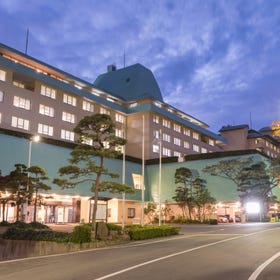
-
Address
1-125 Yumoto, Hanamaki City, Iwate Prefecture, 025-0304
View Map -
Nearest Station
Shin-hanamaki Station (Tohoku Shinkansen / Hokkaido Shinkansen / Akita Shinkansen)
20 minutes by bus
Vacancy search, reservation
-
from 28,500JPY 1room, 2adults
Check with our partner site as the latest rates, rate details, and guest room requirements may vary.
-
Address
1-125 Yumoto, Hanamaki City, Iwate Prefecture, 025-0304
-
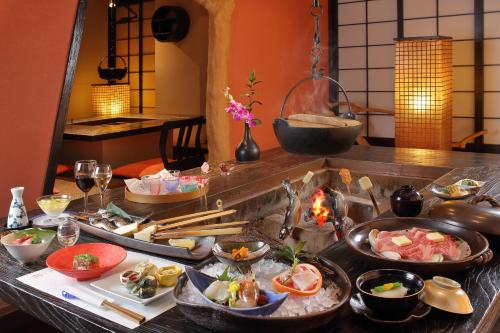
-
Address
2-57-9 Dai, Hanamaki, Iwate, 025-0305
View Map -
Nearest Station
Hanamaki-airport Station (Tohoku Main Line)
Vacancy search, reservation
-
from 16,800JPY 1room, 2adults
Check with our partner site as the latest rates, rate details, and guest room requirements may vary.
-
Address
2-57-9 Dai, Hanamaki, Iwate, 025-0305
-
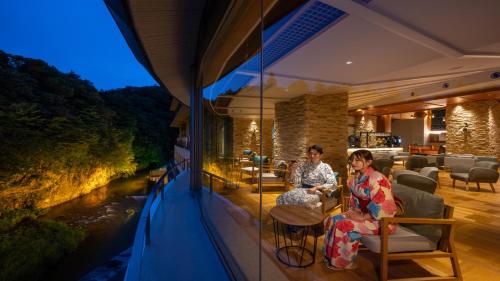
-
Address
Yuguchi shidotaira 27-1, Hanamaki, Iwate, 025-0244
View Map -
Nearest Station
Hanamaki Station (Kamaishi Line / Tohoku Main Line)
Vacancy search, reservation
-
from 38,800JPY 1room, 2adults
Check with our partner site as the latest rates, rate details, and guest room requirements may vary.
-
Address
Yuguchi shidotaira 27-1, Hanamaki, Iwate, 025-0244
3. Nyuto Onsenkyo (Senboku City, Akita Prefecture): A secret spring in the mountains
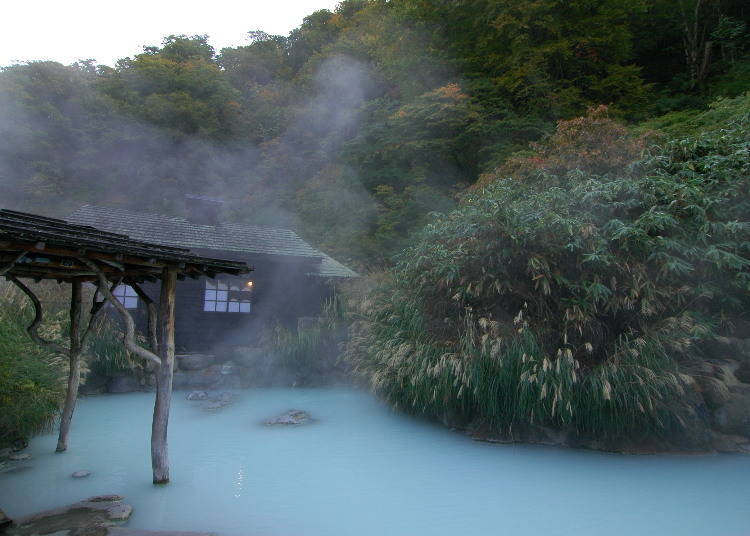
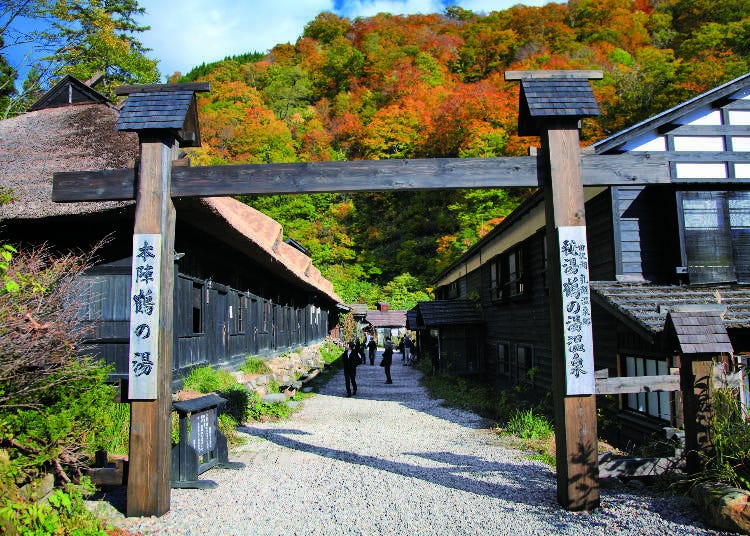
Nyuto Onsenkyo is surrounded by a virgin beech forest at the foot of the Nyuto mountains. We recommend taking a tour of the seven hot springs within this resort! The "Yumeguri-cho booklet," which can only be purchased by guests, includes a ticket for one bath at each of the seven hot springs and unlimited rides on the "Yumeguri-go" shuttle bus that goes around the resort.
- Features
- Nyuto Onsenkyo encompasses a group of hot spring facilities nestled at the base of the Nyuto Mountains, located within Towada-Hachimantai National Park. The appeal of these inns lies in their exquisite open-air baths, which are enveloped by lush virgin forests and rustic thatched-roof structures, providing a quintessential Japanese ambiance.
- How large is the area?
- There are seven hot spring facilities located within a relatively small area. Each inn has its own unique spring source, and the quality of the water varies.
- Getting there
- From JR Tazawako Station, take the Hago Kotsu Bus bound for Nyuto Onsenkyo to the nearest bus stop of each inn (40-50 minutes). By car, it takes about one hour from the Morioka Interchange on the Tohoku Expressway.
- About the hot springs
- Springs containing sulfur, sodium, calcium chloride, and sodium hydrogen carbonate: Good for hypertension, arteriosclerosis, rheumatism, skin disease, diabetes, etc.
Calcium-magnesium sulfate springs: Good for skin disease, arteriosclerosis, enteropathy, etc.
Simple sulfur spring: Good for hypertension, arteriosclerosis, etc.
4. Naruko Onsen (Osaki City, Miyagi Prefecture): Hot spring resort area with cute Kokeshi-lined streets
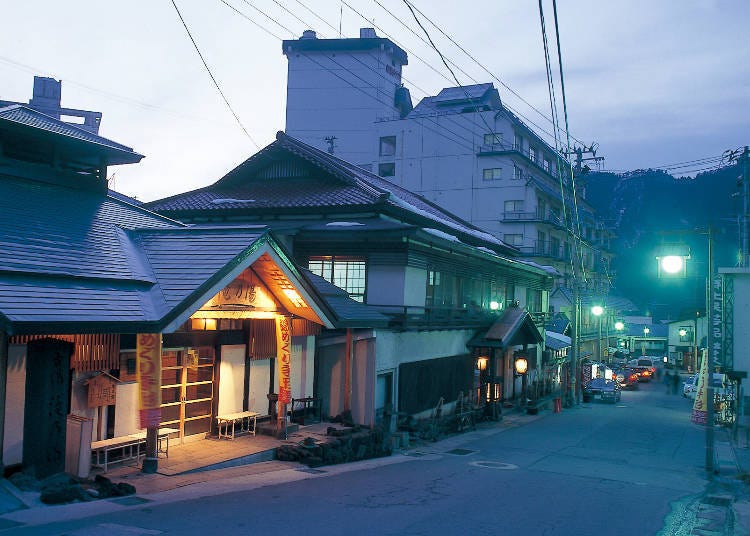
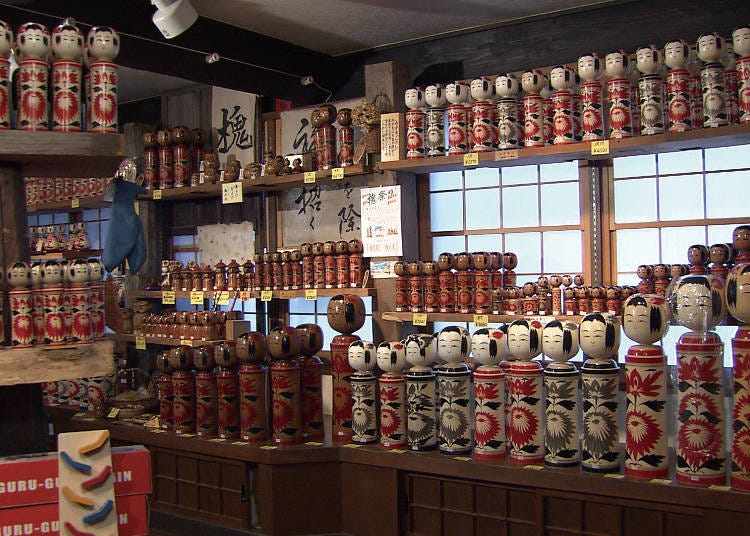
The Naruko Onsen hot spring resort is a charming area perfect for strolls. Streets here are dotted with kokeshi (traditional hand-painted wooden dolls), and you can find a variety of workshops, public baths, souvenir shops, and inns here. Kokeshi adorn streets that carry the aroma of sulfur. There are even giant kokeshi dolls by the roadside, on manholes, and railings — making them fun to find!
- Features
- Naruko Onsen is situated in the mountainous region of northern Miyagi Prefecture and is a prominent highlight of Naruko Onsenkyo, which comprises of five hot springs. The area is renowned for its production of kokeshi, which are traditional dolls created on a potter's wheel.
- How large is the area?
- The hot spring resort stretches around one kilometer from JR Naruko-Onsen Station and is lined with hotels, traditional inns, and souvenir shops. There are also public baths such as Taki-no-Yu and Naruko Waseda Sajikiyu.
- Getting there
- From JR Sendai Station, take around a 15-minute ride on the Tohoku Shinkansen to JR Furukawa Station. Change to the JR Rikuu East Line and ride the train for around 40 minutes until arriving at JR Naruko-Onsen Station. It takes about one hour and 15 minutes by car from central Sendai via Tohoku Expressway.
- About the hot springs
- Sulfur spring: Good for eczema, psoriasis vulgaris, chronic eczema, epidermal pyogenesis, etc.
Simple springs: Good for autonomic instability, insomnia, depression, etc.
Hydrogen carbonate spring: Good for cuts, peripheral circulatory disorders, sensitivity to cold, dry skin, etc.
5. Togatta Onsen (Zao Town, Miyagi Prefecture): The perfect resort for winter enjoyment
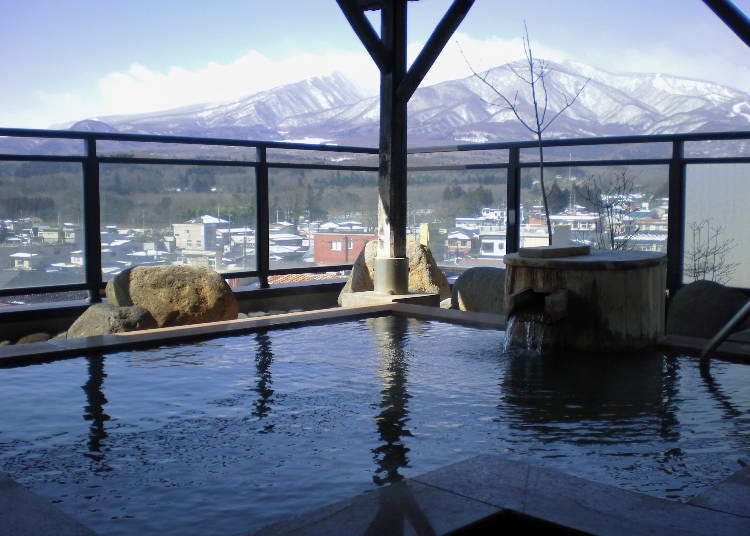
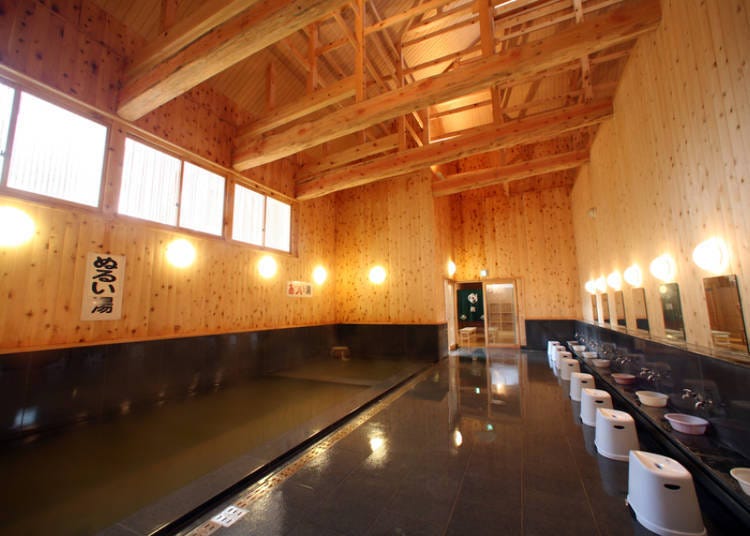
Only a 20-minute drive from ski resorts, Togatta Onsen is the perfect hot spring resort to enjoy winter activities! Here you can also view spectacular hoarfrost trees, a natural phenomenon that can only be seen in limited areas. If you don't like the cold, we recommend a tour of hoarfrost trees on a snowmobile.
- Features
- Situated at the eastern base of the Zao mountain range that spans across Miyagi and Yamagata prefectures, Togatta Onsen boasts a rich history dating back 400 years. The hot spring resort is also a popular tourist destination for the Miyagi, Zao area, known for its exciting winter sports and recreational activities.
- How large is the area?
- Togatta Onsen has around 15 inns and three day-use bathing facilities spread over a kilometer. Along the streets, you'll find a variety of accommodation options, souvenir shops, and restaurants. Be sure to try the delicious desserts available, like the creamy soft-serve ice cream from a well-established tofu store, which is perfect to enjoy during a leisurely walk around the resort.
- Getting there
- The resort is located around 50 kilometers from central Sendai. By car, it takes about 45 minutes via the Tohoku Expressway. It takes around one hour from JR Sendai Station by highway bus, and about 50 minutes from JR Shiroishi Station on the Miyakou Bus.
- About the hot springs
- Sodium calcium sulfate and chloride spring: Good for neuralgia, rheumatism, gastroenteric diseases, women's diseases, chronic skin diseases, etc.
6. Akiu Onsen (Sendai City, Miyagi Prefecture): A hot spring resort easily accessible from Sendai
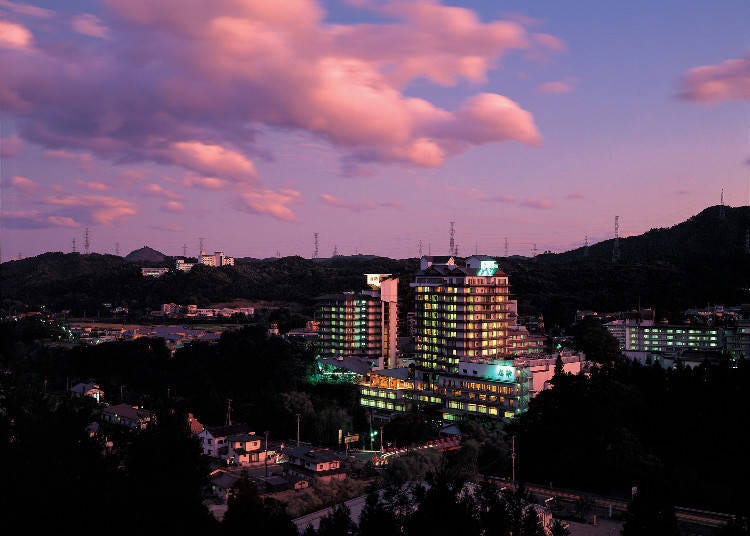
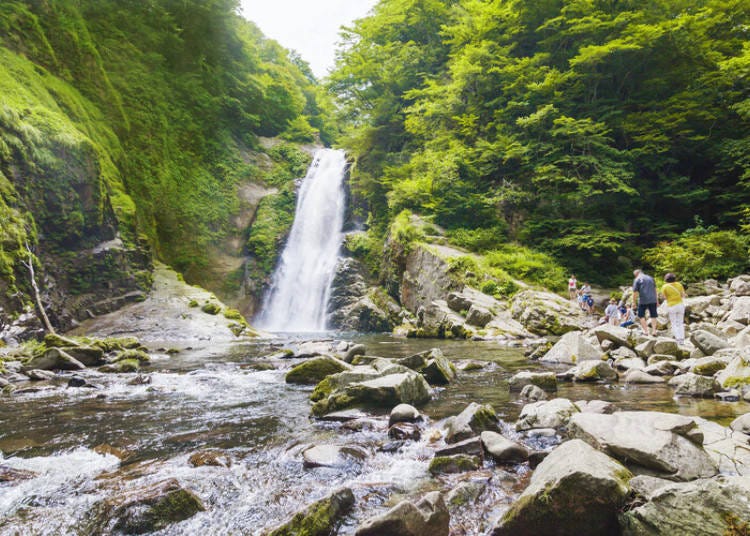
Akiu Onsen is located around a 30-minute drive from central Sendai City. Many tourists choose it as sightseeing base for Sendai, or as a day trip option while staying in the city! Bike rentals are available at the Akiu Sato Center, located at the entrance of Akiu Onsen, so that you can take a tour of the resort.
- Features
- Along with Naruko Onsen in Miyagi Prefecture and Iizaka Onsen in Fukushima Prefecture, Akiu Onsen is considered to be one of the three best hot springs in northern Japan. It’s been carefully preserved for generations as a bathing resort for the Date family, lords of the Sendai domain, and is beloved as the backyard of Sendai.
- How large is the area?
- There are 11 hot spring facilities along the Natori River. The area is also a fantastic tourist destination, dotted with natural scenic spots such as Akiu Great Falls and Rairaikyo Gorge, as well as art museums and cafes.
- Getting there
- It’s about 20 km from central Sendai. It takes about 30 minutes by car. When taking the bus, get on the Miyagi Kotsu, Akiu Line from JR Sendai Station.
- About the hot springs
- Chloride spring: Good for joint pain, sprains, sensitivity to cold, chronic women's diseases, etc.
Simple spring: Good for fatigue, neuralgia, arteriosclerosis, high blood pressure, etc.
Sulfate spring (gypsum spring): Good for rheumatism, cuts, burns, etc.
7. Ginzan Onsen (Obanazawa City, Yamagata Prefecture): Quaint hot springs resort with idyllic scenery

Ginzan Onsen has many wooden inns built in the Taisho and Showa periods, offering an air of nostalgia. You can rent a kimono or hakama, skirt-like pants worn over a kimono, at a store and enjoy strolling around town in traditional garb! It only takes about five minutes to put it on, so we highly recommend it!
- Features
- Wooden hot spring facilities line both banks of the Ginzan River. At dusk, gas lamps illuminate the resort area. This fantastical and nostalgic atmosphere attracts a wide range of tourists!
- How large is the area?
- The 500-meter-long Ginzan Onsen is home to a variety of establishments, including 13 inns, restaurants, and souvenir shops. There's plenty to experience at this hot spring resort, from savoring delicious tofu from a renowned shop, which is perfect for eating while strolling around, to taking a break at the footbath.
- Getting there
- From JR Yamagata Station, it takes around 40 minutes by express train on the JR Ou Main Line and around 55 minutes on the Oishida Bus’s Ginzan Line. From Yamagata Airport, a direct bus service is available and runs in time with flight arrivals and departures.
- About the hot springs
- Sodium chloride and springs: Good for cuts, burns, chronic skin diseases, frail weak children, chronic women's diseases, arteriosclerosis, neuralgia, myalgia, arthralgia, stiff shoulders, motor paralysis, stiff joints, bruises, sprains, chronic digestive diseases, hemorrhoids, sensitivity to cold, disease recovery, fatigue, further improving health, etc.
- Recommended places to stay
- Notoya, Kozankaku, Clanuova, Ginzanso, etc.
8. Zao Onsen (Yamagata City, Yamagata Prefecture): A Wonderful Resort for Hoarfrost Tree Viewing

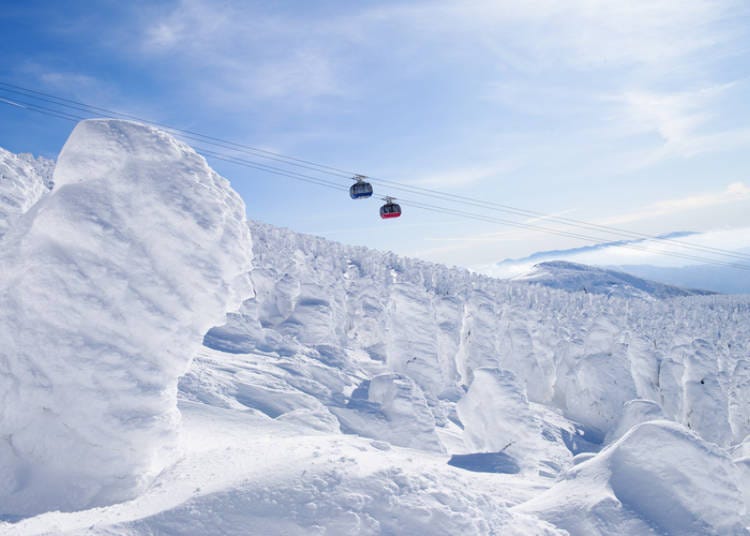
Zao Onsen is a popular destination in the winter as it's located near the Zao Onsen ski resort, making it a great base for winter activities. It's also known for its stunning hoarfrost trees (known as "snow monsters"), attracting many visitors. After a day in the snowy mountains, we highly recommend soaking in the warm waters of Zao Onsen, which are said to rejuvenate blood vessels and promote healthy, beautiful skin. With its therapeutic benefits, it's the perfect way to unwind and recharge.
- Features
- This hot spring resort stretches from the western foot of the Zao mountain range. Zao Onsen is a highly acidic sulfur spring, the second most acidic in Japan after Tamagawa Onsen in Akita Prefecture.
- How large is the area?
- The resort is dotted with accommodations and restaurants along its slopes, and at its center, you'll find three public baths that offer the perfect opportunity for bath hopping.
- Getting there
- To get to the resort, it takes around 40 minutes from JR Yamagata Station by Yamako Bus. By car, it takes about 20 minutes from the Yamagata-Kaminoyama Interchange on the Tohoku Expressway.
- About the hot springs
- Acidic spring: Good for cuts, burns, chronic skin diseases, frail children, chronic women's diseases, diabetes, hypertension, arteriosclerosis, neurosis, muscle pain, joint pain, stiff shoulders, motor paralysis, stiff joints, bruises, sprains, chronic digestive diseases, hemorrhoids, sensitivity to cold, disease recovery, fatigue, health promotion, etc.
-
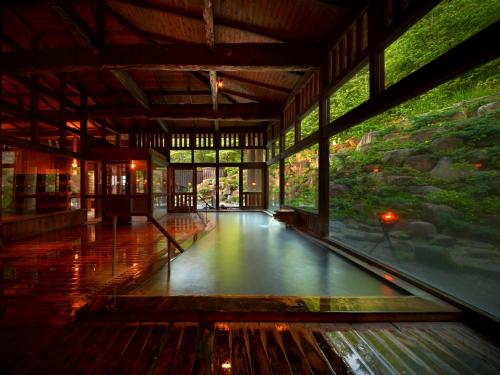
-
Address
Zao Onsen 933, Zao Onsen, Yamagata, 990-2301
View Map -
Nearest Station
Chuokogen Station (Zao Sky Cable)
48 minutes on foot
Vacancy search, reservation
-
from 25,380JPY 1room, 2adults
Check with our partner site as the latest rates, rate details, and guest room requirements may vary.
-
Address
Zao Onsen 933, Zao Onsen, Yamagata, 990-2301
9. Aizu Higashiyama Onsen (Aizuwakamatsu City, Fukushima Prefecture): A Historic Hot Spring Resort Near Aizuwakamatsu City
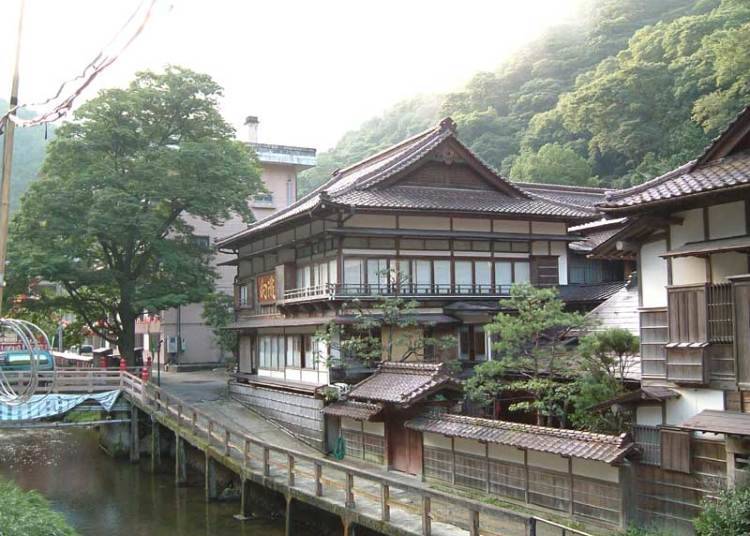
Aizu Higashiyama Onsen is an old hot spring resort that was often visited by Yumeji Takehisa, a prominent figure in the Taisho Romanticism movement, and Akiko Yosano, a poet from the Meiji Era. As you stroll through the lush resort, you'll come across charming wooden inns with red-tiled roofs, footbaths that are ideal for a relaxing break, and even a shooting gallery that brings to mind the Showa period.
- Features
- Aizu Higashiyama prospered as a toji resort for the Aizu Domain in the Edo period and has a history of developing nearby Aizu Wakamatsu. It’s conveniently located a ten-minute drive from the center of Aizu Wakamatsu City.
- How large is the area?
- There are more than 15 hot spring facilities along the Yugawa River, around three kilometers southeast of Tsurugajo Castle.
- Getting there
- When taking the train and bus, get off at JR Aizu-Wakamatsu Station and take the Machinaka Shuyu Bus "Haikara-San" or "Akabee" for 35 to 40 minutes.
- About the hot springs
- Sulfate spring: Good for rheumatic diseases, musculoskeletal disorders, chronic skin diseases, wounds, frail children, chronic gynecological diseases, menopausal disorders, arteriosclerosis, hypertension, gout and hyperuricemia, etc.
- Recommended places to stay
- Mukaitaki, Harataki, Oyado Toho, Tsuki-no-Akari, Irori no Yado Ashina, etc.
-
 Irorinoyado Ashinaいろりの宿 芦名
Irorinoyado Ashinaいろりの宿 芦名-
Address
Higashiyamamachi Yumotoshimohara 232-1, Aizuwakamatsu, Fukushima, 965-0814
-
Nearest Station
Nishi-wakamatsu Station (Tadami Line / Aizu Tetsudo Aizu Line)
-
Address
Higashiyamamachi Yumotoshimohara 232-1, Aizuwakamatsu, Fukushima, 965-0814
10. Takayu Onsen (Fukushima City, Fukushima Prefecture): A Hot Spring Resort Offering Spectacular Snowscapes
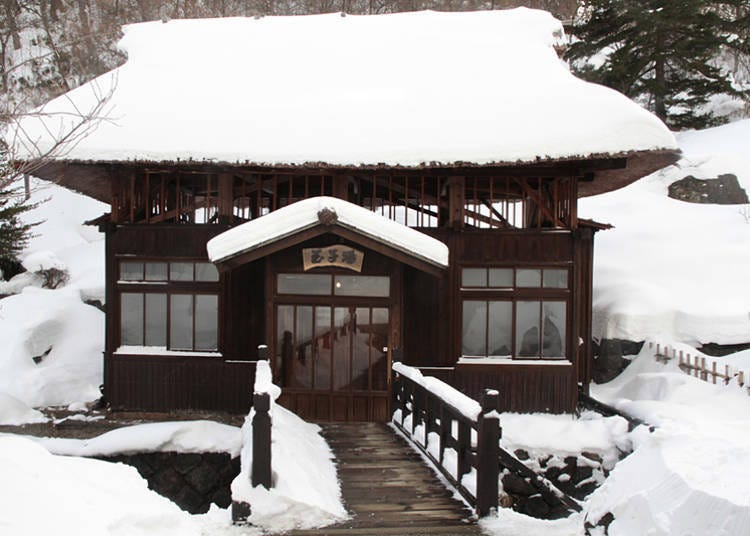
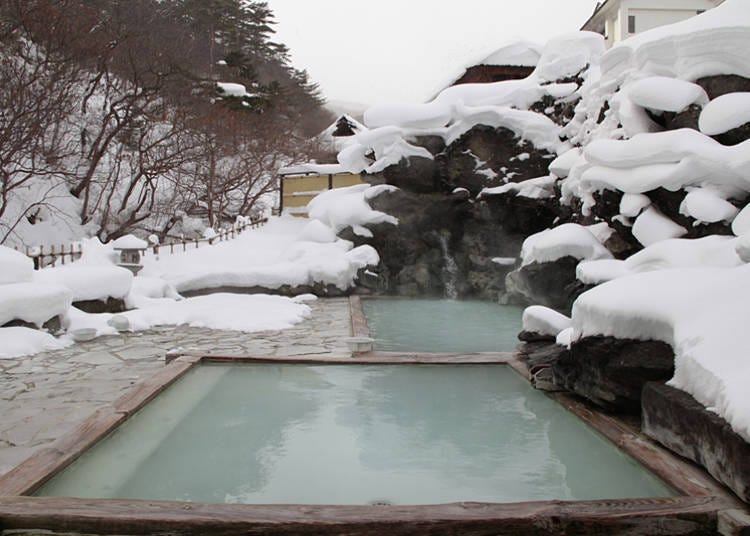
Takayu Onsen, situated at an elevation of 750 meters, is renowned for its high sulfur content, which is considered one of the highest in Japan. The hot spring's strong acidity may cause a tingling sensation when you immerse yourself in it.
One of the notable inns in Takayu Onsen is Ryokan Tamagoyu, which derives its name ("Egg Springs") from the smell of sulfur, reminiscent of boiled eggs, and the reputed ability of the spring water to leave the skin as smooth as an eggshell.
- Features
- Takayu Onsen is located at the entrance to the Bandai-Azuma Skyline — a sightseeing road that runs through the middle of the Azuma mountain range. Here you can enjoy a free-flowing spring with a high concentration of sulfur! Its location also makes it a popular base for mountain tourism.
- How large is the area?
- Including the public baths, the resort has ten hot spring facilities. It has a 400-year-long history, originally built as a toji. Today, many simple and rustic inns maintain their traditional style.
- Getting there
- When taking the bus, get on the Fukushima Kotsu Bus bound for Takayu Onsen from the west exit of JR Fukushima Station. This takes about 30 minutes. If you are driving from the Tokyo area, it takes about three hours on the Tohoku Expressway’s Urawa Interchange.
- About the hot springs
- Acidic, sulfur-containing aluminum-calcium springs: Good for hypertension, arteriosclerosis, peripheral circulatory disturbance, rheumatism, diabetes, chronic toxicosis, acne, frostbite, burns, cuts, women's diseases, infertility, athlete's foot, heat rash, gastroenteric diseases, neuralgia, chronic eczema, constipation, prolapse, skin diseases, hand-foot hyperhidrosis, atopic dermatitis, etc.
The hot spring resorts in the Tohoku region are all unique! Explore the many options and choose one that offers both relaxation and a one-of-a-kind experience!
*The information in this article is from January 2023. Please check the official websites for the latest information.
Text by: SHOE PRESs CO.,LTD
*Prices and options mentioned are subject to change.
*Unless stated otherwise, all prices include tax.
Limited time offer: 10% discount coupons available now!
Recommended places for you
-
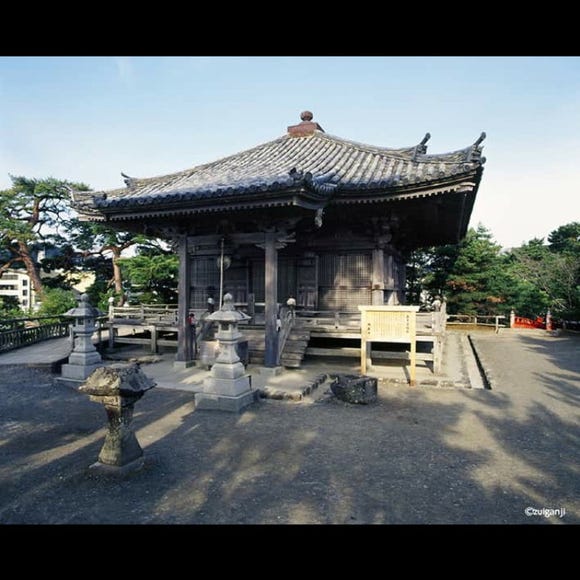
Zuiganji Temple
Temples
Sendai And Matsushima
-
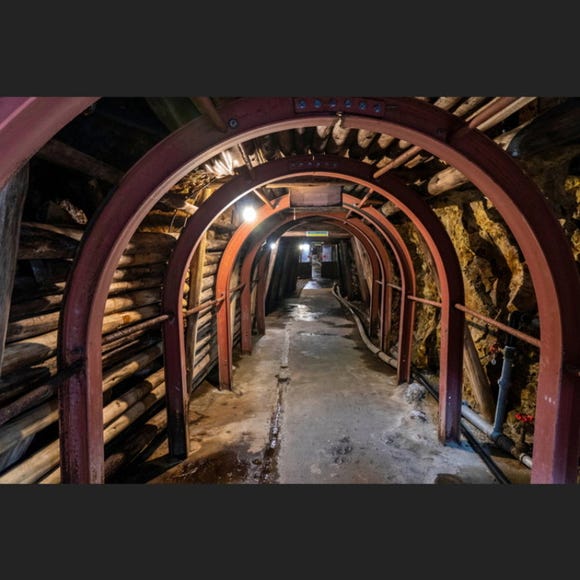
Sado Gold Mine
Winter
Niigata And Sado
-
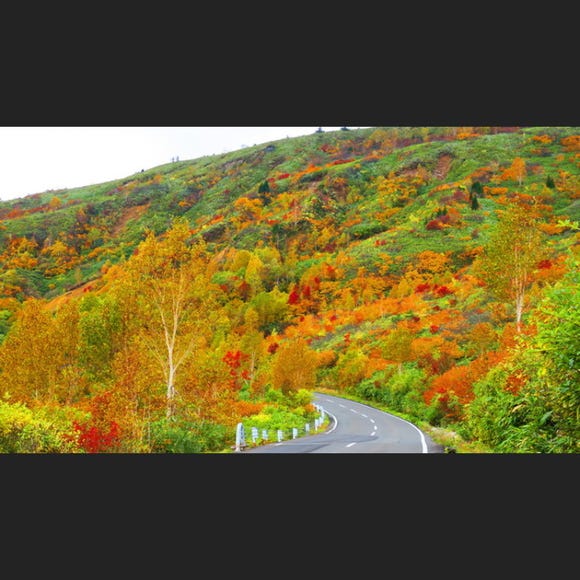
Hachimantai Aspite Line
Landscapes
Morioka, Hiraizumi And Hachimantai
-
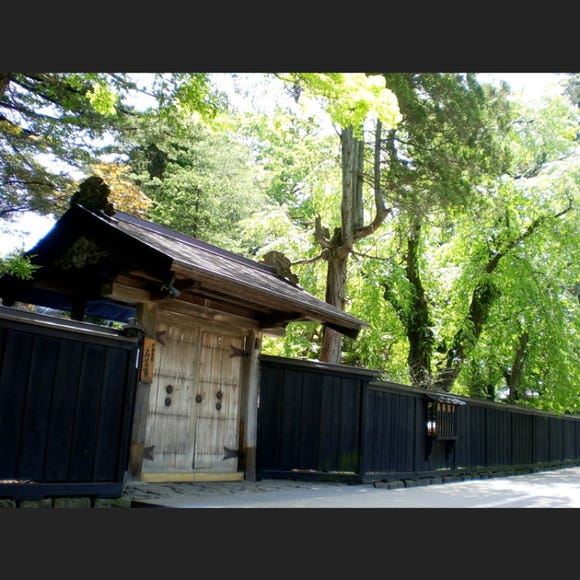
Ishiguro Samurai House
Historical Places
Surrounding Areas Of Akita
-
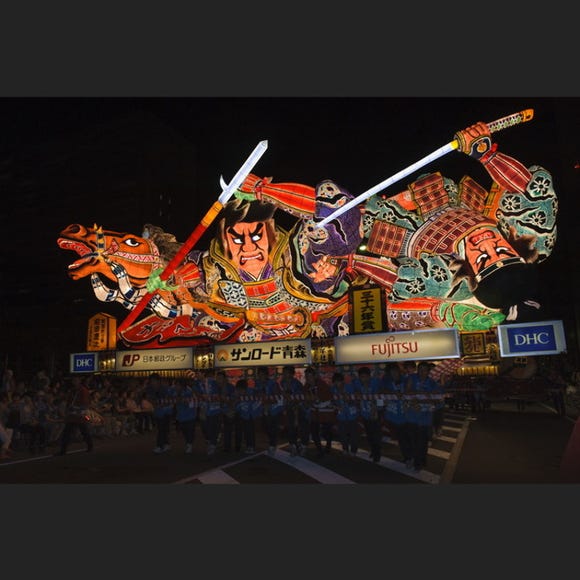
Aomori Nebuta Festival
Japanese Festivals (Matsuri)
Aomori, Hirosaki And Hachinohe
-
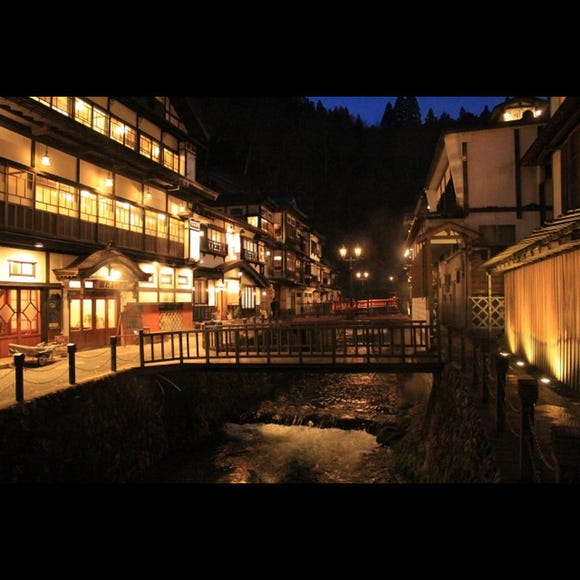
Ginzan Onsen
Hot Springs (Onsen) & Bath Houses (Sento)
Surrounding Areas Of Yamagata
-
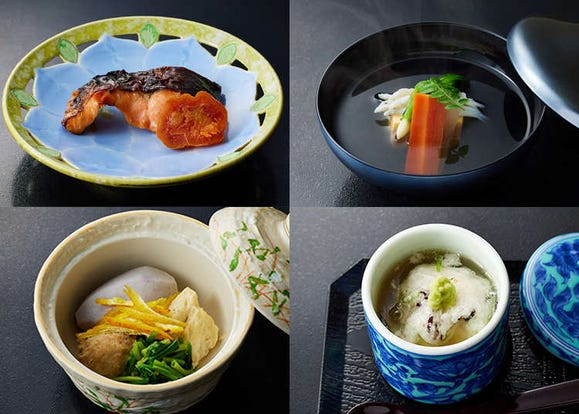
Japan’s Top Chefs Gather! New Cuisine Showcasing the Charms of Fukushima, a Treasure Trove of Produce
-
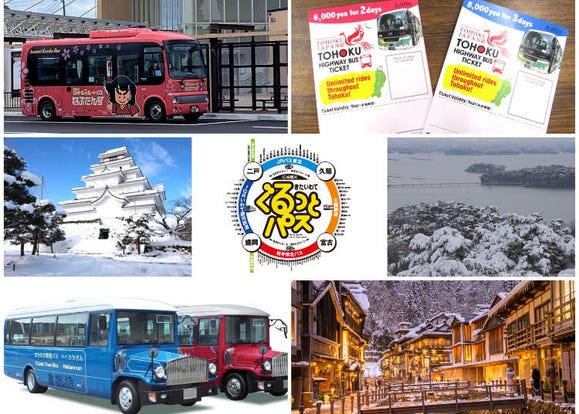
Explore Tohoku in Winter With 5 Budget-Friendly Travel Passes (Local Recommended!)
-
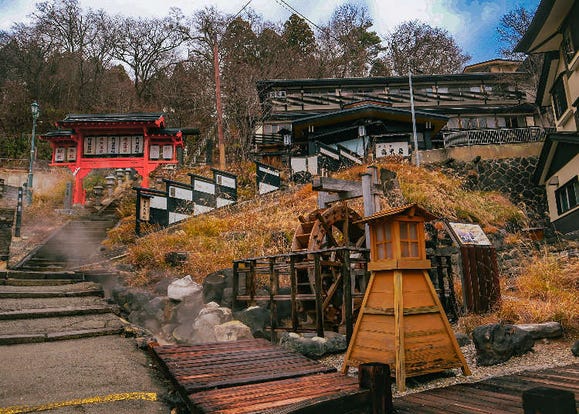
Plan Your Visit to Zao Onsen (Yamagata) - A Comprehensive Guide
-
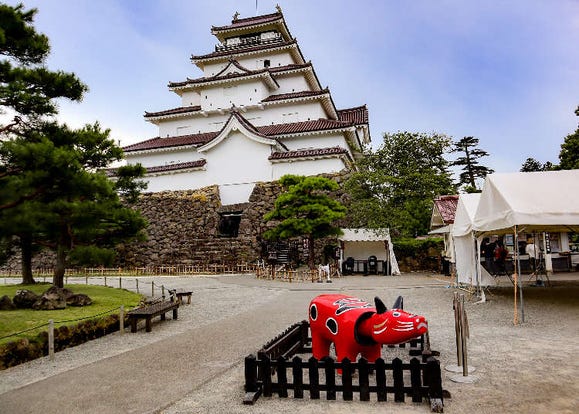
Aizu-Wakamatsu Guide (Fukushima): A Day in the City of Sake and Samurai
-
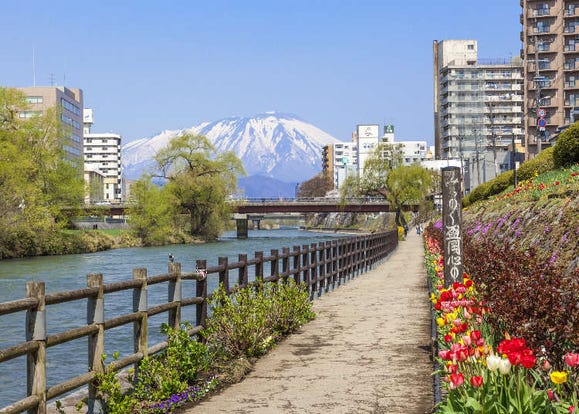
19 Best Things to Do in Morioka: See, Eat, and Shop Your Way Through Iwate's Capital City
-
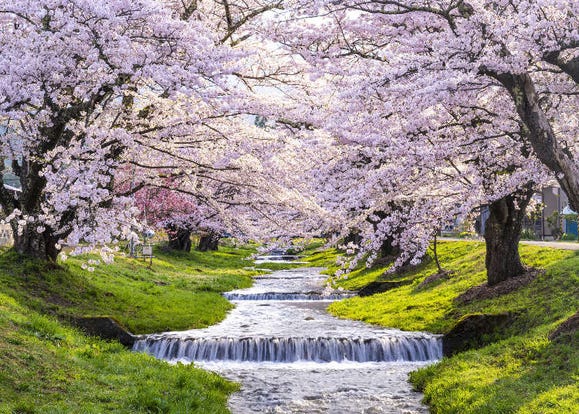
10 Dreamy Places in Fukushima to See the Cherry Blossoms
-

10 Important Japanese Phrases to Know Before You Enter a Japanese Convenience Store!
-
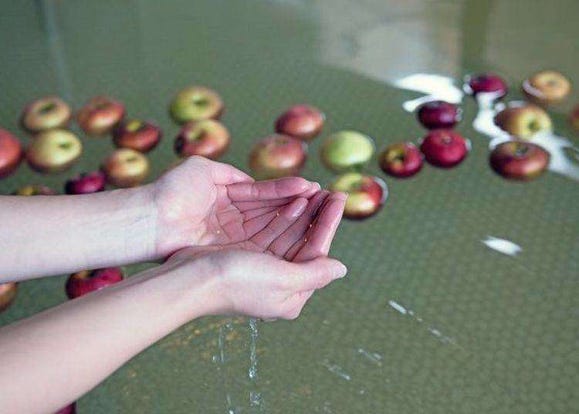
Togatta Onsen Guide: Best 6 Places to Indulge Yourself in Miyagi Prefecture's Magical Hot Springs Resort Village
-
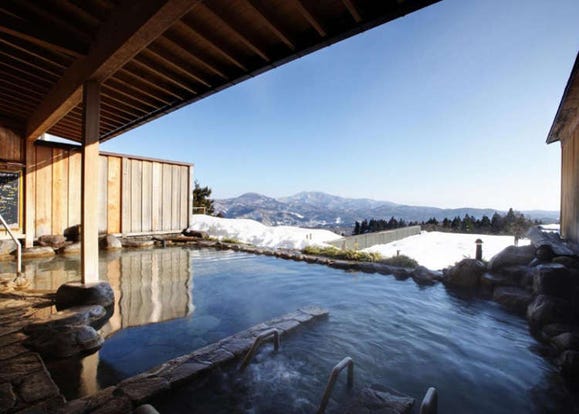
10 of the Best Onsen Ryokan in Niigata Prefecture: Enjoy Getting Away in Nature
-
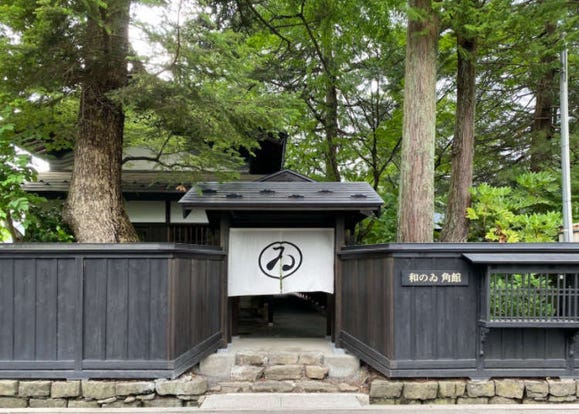
Stay at an old samurai residence in the heart of a “Little Kyoto” warrior town
-
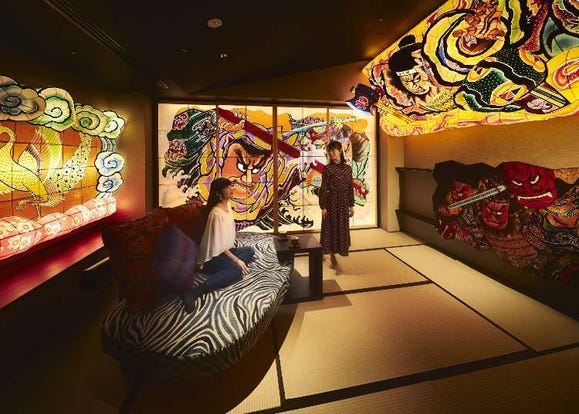
Celebrate Aomori's Nebuta Matsuri at Hoshino Resorts Aomoriya for a Limited Time!
-
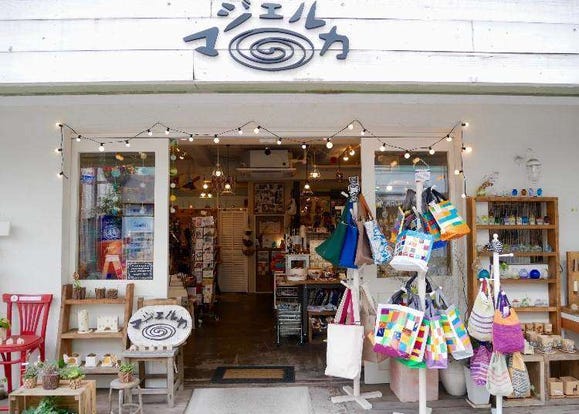
Kichijoji – Explore Tokyo’s Top-Rated Stylish Suburb in Half a Day!














